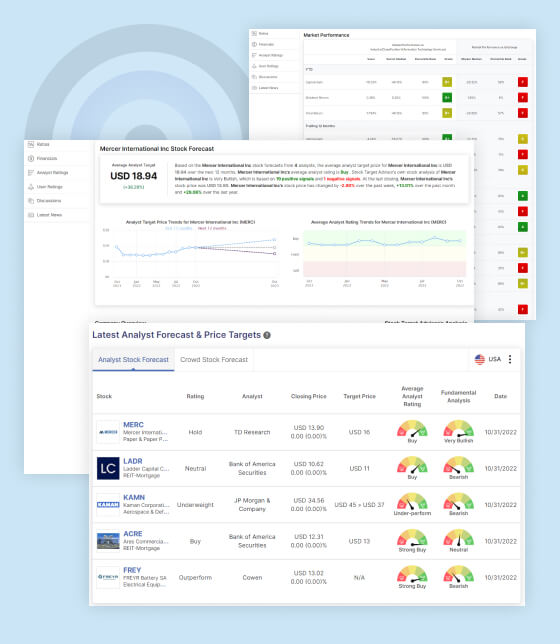Bank of Montreal (BMO) recently released its third quarter earnings report for 2024, revealing mixed results that have captured the attention of investors and analysts alike. The report highlights both strengths and areas of concern that could influence the stock’s performance in the coming months.
Key Insights from BMO Financial Group’s Earnings Report:
Below are the key highlights from BMO Financial Group’s Q3 repot.
- Net Income Increase: BMO reported a net income of $1,865 million for Q3 2024, up from $1,565 million in Q3 2023.
- Adjusted Net Income Decline: Adjusted net income decreased to $1,981 million, compared to $2,148 million in the same quarter last year.
- Earnings Per Share (EPS): Reported EPS rose to $2.48 from $2.12 year-over-year.
- Adjusted Earnings Per Share (Adjusted EPS): Adjusted EPS fell to $2.64 from $2.94 compared to Q3 2023.
- Increase in Provision for Credit Losses (PCL): PCL increased significantly to $906 million, up from $492 million in the previous year, indicating higher loan loss provisions.
Positive Implications for Investors:
Despite the mixed financial results, there are several positive takeaways for investors. Firstly, BMO’s net income growth of 19% year-over-year is a strong indicator of its robust business model and ability to generate profits even amid challenging economic conditions. The increase in reported EPS and a higher CET1 ratio demonstrate BMO’s commitment to maintaining a strong capital base, which is crucial for absorbing potential losses and sustaining dividend payouts.
Additionally, BMO declared a fourth-quarter dividend of $1.55 per share, consistent with the previous quarter and up 5% from the prior year. This stable dividend policy is a reassuring sign for income-focused investors looking for reliable returns. The bank’s continued focus on cost discipline and operating leverage also suggests potential for enhanced profitability in the future.
Negative Implications for Investors:
On the downside, the rise in provisions for credit losses is a cause for concern, reflecting an increase in non-performing loans and potential defaults. The PCL of $906 million represents a significant jump from the $492 million recorded in the same period last year, highlighting potential vulnerabilities in BMO’s loan portfolio. This increase could impact future earnings if credit conditions continue to deteriorate.
Furthermore, adjusted net income and adjusted EPS both fell compared to the previous year, indicating that core operating performance might be under pressure. The return on equity (ROE) and adjusted ROE also showed a downward trend, which could suggest inefficiencies in generating shareholder value. The decline in U.S. P&C adjusted net income by 7% also underscores potential challenges in BMO’s U.S. operations, which might be affected by lower non-interest revenue and higher credit losses.
Stock Target Advisor’s Analysis on Bank of Montreal:
Stock Target Advisor offers a bearish outlook on BMO Financial Group’s stock, citing several negative factors despite a generally optimistic analyst rating of “Buy.” The bearish stance is based on 10 negative signals against 2 positive ones.
The stock is currently trading at USD 88.77, with an average target price of USD 130.50, suggesting potential upside. However, the high leverage and below-median market capitalization relative to its sector peers add layers of risk for prospective investors.
Conclusion:
BMO Financial Group’s third-quarter 2024 earnings report presents a mixed bag of positives and negatives for investors. While the bank shows strength in net income growth and maintains a stable dividend, the rise in credit provisions and declining adjusted earnings metrics warrant caution.
Muzzammil is a content writer at Stock Target Advisor. He has been writing stock news and analysis at Stock Target Advisor since 2023 and has worked in the financial domain in various roles since 2020. He has previously worked on an equity research firm that analyzed companies listed on the stock markets in the U.S. and Canada and performed fundamental and qualitative analyses of management strength, business strategy, and product/services forecast as indicated by major brokers covering the stock.



































